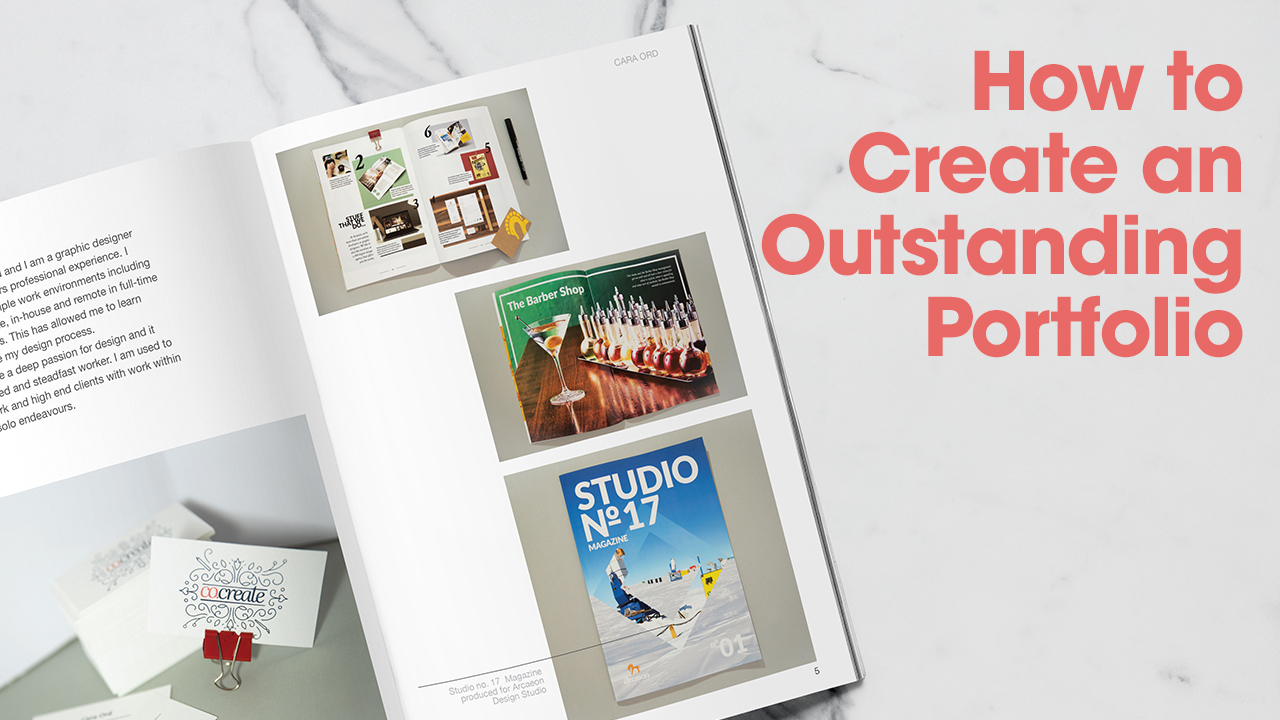A designers biggest tool to get hired is their portfolio. It is your first impression and can make or break your chance of getting a job.
The difference between a good and bad portfolio can be subtle and I want to help you make yourself as hireable as you can. Every creative has unique skills, and a talent which is gold for the right career. I want to help you highlight your assets and market yourself to get your dream job in your industry.
I have a whole online tutorial dedicated to this very topic which you can view here. It covers everything from choosing your format, what to include in your portfolio and how to present your work and yourself in the best light. I would highly recommend viewing it if you are in the process of developing your portfolio or are struggling getting in the door for interviews.
Along with this I also want to leave you with a list of helpful tips and tricks to level up your portfolio and make your first impression worth a look.
Market your portfolio to your dream client and career. You want to choose projects and stage your work in a way that will be attractive to your dream employer. Figure out your end goal and strive towards it head first.
Research your competition. You are not the only one out there going for the job. No matter how good you may be or how well you know you can do the job, there are others out there with the same ambition and same mentality who are also going for it. Take a look at your fellow designers, people who are local to you, at your level and also current employees of your dream workplace. Find links to their portfolios and see what they are doing, what has worked for others, consistencies and similarities. Write down what you find and try and incorporate your research into your own portfolio. Be competitive.
Only show your best work. An employer is not going to scroll through a portfolio of your life’s work, they are not going to care about the quantity but the quality. Your quantity of work can be summed up in your cover letter and portfolio introduction, simply state how long you have worked and pieces you have made (I.e. books, banners, web design etc.). Your portfolio is to show your quality and value. Pick 3 to 5 key projects to highlight and a couple small pieces to demonstrate your aesthetic. Pick pieces which define you and your goal career.
Don’t be afraid to add in concept work. You may not have done much work in your preferred creative niche, but you can still show you have the skills to do it. Take the time and make projects and case studies of the work you want to do. You can use this in your portfolio alongside client work to demonstrate your capabilities and passion with no constraints.
Have a digital asset. Whether you create a digital, online or print portfolio (I talk about this in my class and the benefits of each) make sure you have a digital asset that you can flick potential employers and clients as a taster of your work. Make it concise and clean, a small deliverable to go along with your main portfolio that demonstrates your visual aesthetic. A piece like this will intrigue clients to know more and can add interest to you as a potential employee.
If you employee some of these tips I am sure your portfolio will help you get that step closer to being hired. For a more in-depth look into portfolio creation head to my class.

